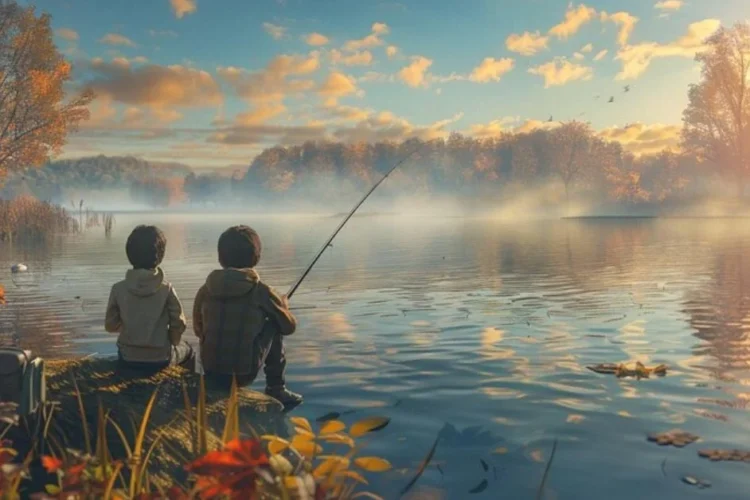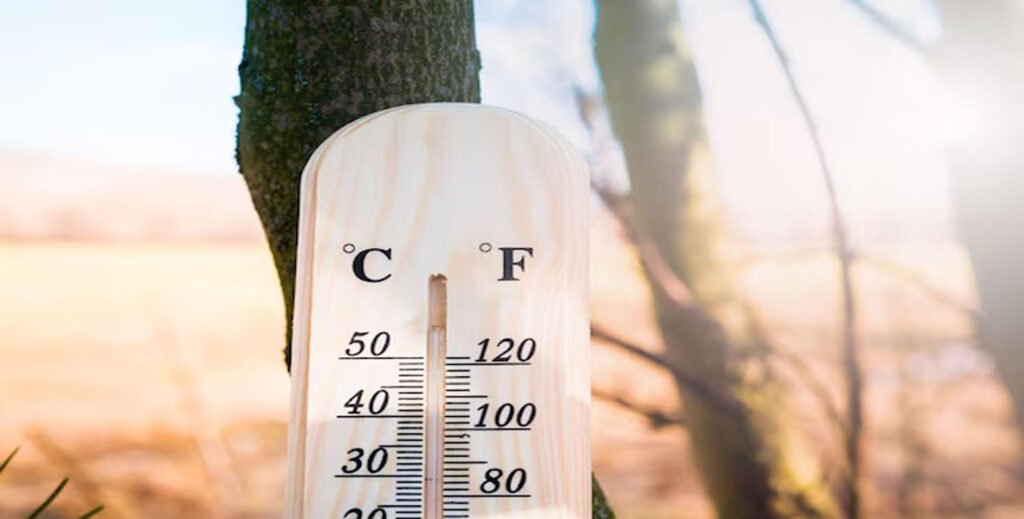Fiskning: The Ultimate Guide To Fishing

fiskning, one of humanity’s oldest pastimes, has evolved into a beloved recreational activity enjoyed by millions around the globe. Whether you’re a seasoned angler or a beginner eager to cast your first line, understanding the essentials of fishing can enhance your experience and increase your chances of success. This comprehensive guide covers everything you need to know about fishing, from choosing the right equipment to mastering various techniques.
The Basics of fiskning
Understanding fiskning Behavior
Knowing where to find fish is the first step to a successful fishing trip. Fish behavior is influenced by various factors, including water temperature, time of day, and season. Generally, fish are more active during dawn and dusk and tend to seek cooler, deeper waters during hot days.
Essential Fiskning Gear
- Fishing Rod and Reel: Your rod and reel should be suited to the type of fishing you plan to do. Freshwater fishing typically requires a lighter rod, while saltwater fishing demands more robust equipment.
- Fishing Line: The strength and type of line depend on the fish species and fishing conditions. Monofilament, fluorocarbon, and braided lines are the most common types.
- Hooks and Bait: The size and style of your hook should match your target fish. Live bait, artificial lures, and flies are popular choices, each with its advantages.
Popular fiskning Techniques
Spinning
Spinning involves casting a lure or bait with a spinning reel. This versatile method is ideal for catching various fish species in both freshwater and saltwater. Spinning rods are easy to use, making them perfect for beginners.
Fly Fishing
Fly fishing uses a lightweight lure called a fly, designed to imitate insects or other natural prey. This technique requires specialized equipment, including a fly rod, reel, and line. Fly fishing is popular in freshwater environments, such as rivers and streams.
Baitcasting
Baitcasting is a technique that provides greater control and accuracy, ideal for targeting larger fish. It involves using a baitcasting reel mounted on top of the rod. While it requires more skill than spinning, experienced anglers favor it for its precision.
Trolling
Trolling involves dragging a lure or bait behind a moving boat. This method covers a large area, making it effective for locating schools of fish. Trolling is commonly used in both freshwater and saltwater fishing.
Tips for a Successful fiskning Trip
Research Your Location
Understanding the water body where you plan to fish is crucial. Research the types of fish present, local regulations, and the best spots to fish. Local fishing reports and maps can provide valuable insights.
Check the Weather
Weather conditions significantly impact fiskning Overcast days are often the best for fishing, as fish are more likely to be active. Conversely, bright, sunny days might drive fish into deeper waters.
Be Patient and Persistent
Fishing requires patience. Fish may not bite immediately, so be prepared to wait and try different techniques or locations. Persistence often pays off in the end.
Practice Catch and Release
Sustainable fiskning practices, such as catch and release, help preserve fish populations for future generations. Handle fish gently and release them quickly to increase their chances of survival.
Environmental Impact of Fiskning
As an angler, it’s essential to consider the environmental impact of fishing and practice sustainable fishing methods to preserve aquatic ecosystems for future generations.
Catch and Release
Catch and release is a conservation practice where anglers release Fish back into the water after catching them. This helps maintain fish populations and ensures the sustainability of fisheries. Follow these guidelines for effective catch and release:
- Use Barbless Hooks: Easier to remove, causing less harm to the Fish.
- Handle Fish Gently: Wet your hands before touching the Fish to protect its slime coat.
- Release Quickly: Minimize the time the Fish is out of the water.
Avoiding Overfishing
Overfishing can deplete fish populations and disrupt ecosystems. To prevent overfishing:
- Adhere to Regulations: Follow local fishing regulations, including size and bag limits.
- Respect Breeding Seasons: Avoid fishing during spawning periods to allow Fish to reproduce.
- Support Sustainable Fisheries: Choose seafood from sustainable sources when possible.
Reducing Pollution
Pollution from fishing activities can harm aquatic environments. Take these steps to reduce pollution:
- Dispose of Waste Properly: Never leave trash or discarded fishing gear behind.
- Use Biodegradable Products: Opt for biodegradable baits and lines.
- Participate in Clean-Up Efforts: Join community initiatives to clean up local waterways.
Fiskning Destinations: Top Spots Around the World
For those seeking the ultimate fishing experience, exploring top fishing destinations can be incredibly rewarding. Here are some of the best places for fishing around the world:
North America
- Alaska, USA: Renowned for its salmon and halibut fishing.
- Florida Keys, USA: Offers excellent inshore and offshore fishing opportunities.
- British Columbia, Canada: Famous for its salmon and trout fisheries.
Europe
- Norway: Known for its cod, halibut, and sea trout fishing.
- Scotland: Offers fantastic fly fishing for salmon and trout in its rivers and lochs.
- Spain: Home to diverse fishing opportunities, including carp and catfish.
Asia
- Thailand: Popular for its freshwater fishing in lakes and rivers.
- Japan: Offers unique fishing experiences, including ice fishing and deep-sea fishing.
- Maldives: Known for its big game fishing, including marlin and tuna.
Australia and Oceania
New Zealand: World-famous for its trout and fly fishing.
Australia: Offers diverse fishing opportunities, from barramundi in the north to tuna in the south.
Fiji: Known for its pristine waters and abundant marine life.
Conclusion
fiskningis a rewarding activity that combines relaxation with the thrill of the catch. By understanding fish behavior, choosing the right equipment, and mastering various techniques, you can improve your skills and enjoy a successful fishing experience. Whether you’re fishing in a local pond or the open ocean, the tips and advice in this guide will help you make the most of your time on the water. Happy fishing!



Responses